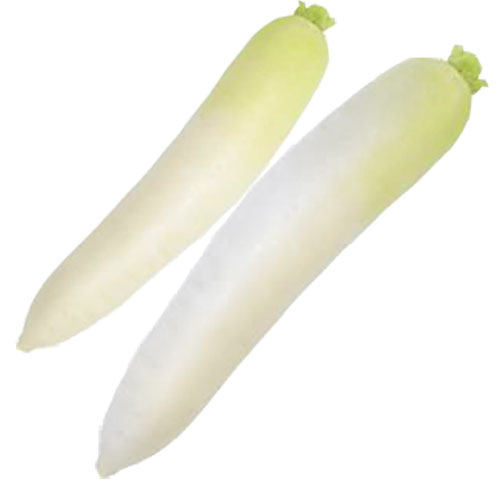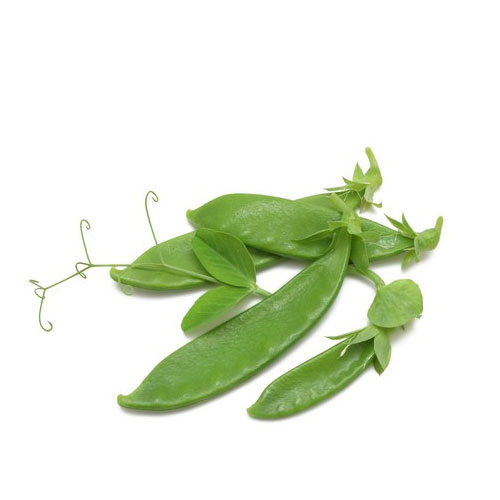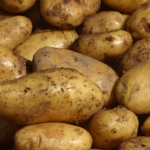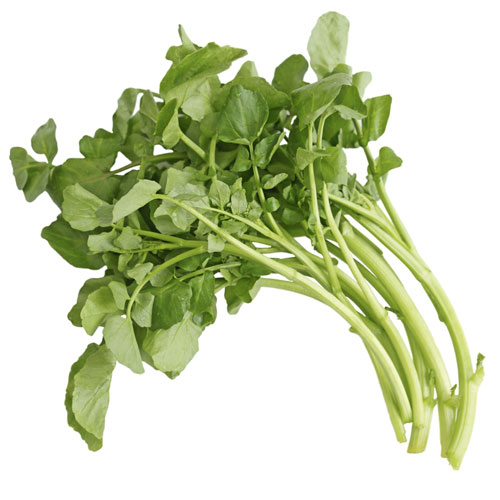List Of Vegetables
- Absinthe Interesting Facts

- Ahipa Nutritional Values

- Akudjura Various Uses

- Amaranth Health Benefits

- American Pokeweed

- Aniseed Myrtle Properties

- Aonori Summary

- Apple Mint Uses

- Arame Medicinal Uses

- Arracacha Nutritional Value

- Artichoke Nutrition Values

 Arugula Health Summary
Arugula Health Summary- Asarabacca Various Uses

- Asparagus Healthy Eating

- Avocado Nutrition Benefits

- Bamboo shoots

- Basil Nutrition Guide

- Beans Beneficial Properties

- Bean sprouts

- Beet Greens Nutrition Facts

- Beets Health Benefits

- Bishop’s weed Various Uses

- Bitter Gourd Nutritional Value

- Black Beans Benefits

- Blue Fenugreek Various Uses

- Boldo Medicinal Values

- Bok Choy Health Benefits

- Borage Greens Medicinal Purposes

- Bottle Guard Aspects

- Broccoli Health Properties

- Broccoflower Nutrition Guide

- Broccoli Raab Nutrition Values

- Broadleaf Arrowhead Health Benefits

- Brussel sprouts Nutrition Summary

- Burdock Health Benefits

- Cabbage Health Facts

- Camas Health Benefits

- Cantaloupe Nutrition Guide

- Canella Uses

- Carrots Health Properties

- Cardoon Nutritional Value

- Carola Summary

- Cassava Health Properties

- Catnip Oil Benefits

- Catsear Flower Uses

- Celeriac Nutritional Value

- Celery Health Benefits

- Chard(Swiss & red)Nutrition Values

- Chaya Nutrition Facts

- Chervil Properties

- Good King Henry

- Chickweed Health Benefits

- Chickpeas Nutrition Summary

- Chile peppers Health Benefits

- Chinese Artichoke Uses

- Chinese Broccoli Nutritional Valu

- Chinese cabbage Nutrition Values

- Chinese Mallow Aspects

- Chives Nutrition Guide

- Chrysanthemum Leaves Uses

- Cicely Unknown Benefits

- Cinnamon Myrtle Medicinal Value

- Collards Nutrition Facts

- Common Purslane Benefits

- Corn Health Values

- Corn Salad Interesting Facts

- Cress Medicinal Values

- Cucumber Health Benefits

- Culantro Leaves

- Curry Leaf Tree Origin

- Collard Greens Nutrition Facts

- Dabberlocks Interesting Facts

- Dandelion Health Benefits

- Dill Health requirements

- Drumstick Nutritional Value

- Dulse Health Benefits

- Earthnut Pea Properties

- Eggplant Nutrition Guide

- Elephant Foot yam Health Benefits

- Elephant Garlic Uses

- Endive Medicinal Properties

- Ensete Health Benefits

- Epazote Properties

- Fat Hen Interesting Facts

- Fingerroot Uses

- French Sorrel Health Facts

- Garlic Nutrition Values

- Gim seaweed Uses

- Ginger Flower Properties

- Ginger Medicinal Values

- Golden Samphire Aspects

- Greater Plantain Medicinal Uses

- Green onions Health Facts

- Green peas Nutrition Values

- Hijiki Nutritional Aspects

- Holy Basil Leaves

- Horseradish Health Benefits

- Onions Nutrition Guide

- Sea Beet Aspects

- Sea Lettuce Health Benefits

- Yam Nutritional Value

- Yarrow Medicinal Uses

- Zucchini Health Guide

- Veggies by seasons

- Veggies did you know??

- Comparison of veggies!!!

- Veggies and it's origin

- Comical View of Veggiess

Veggie Picks
VEGGIES AND ITS COUNTRIES
ORIGIN OF VEGGIES
Vegetables can be eaten either raw or cooked.It plays an important role in human diet, being low in fats and carbohydrates, but high in vitamins, minerals,protiens and dietary fiber. Many nutritionists appriciates people who consume plenty of fruit and vegetables.
China is the largest producer of vegetables and global trade in agricultural products that allows consumers to purchase vegetables grown in faraway countries. The scale of production varies from subsistence of farmers supplying the needs of their family for food, to agribusinesses with vast acreages of single-product crop.
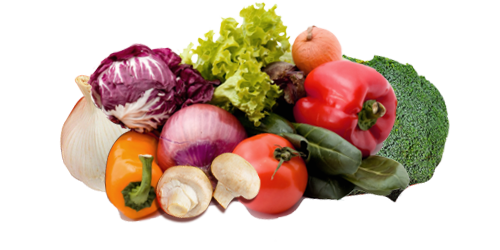
Before the advent of agriculture, humans were relying on flesh of animals. Latterly they found the eatables can be grown all by themselves without risking their own life. After the invention of edible plants, they knew that all can't be grown in same place. This is how vegetables and fruits had its origin
SOME VEGGIES AND ITS ORIGIN
NUTRIENTS AND VEGGIES
Diets high in vegetables that are widely recommended for your health-promoting properties. Vegetables have their own historically held a place in dietary guidance because of their vitamins contents, especially vitamins C and A; minerals, especially electrolytes. Additionally, vegetables are recommended as a source of dietary fiber.
Each vegetable vary widely in nutrient content, should not expected to have similar physiological effects. Although dietary guidance is more supportive for vegetarian eating pattern. Prospective cohort studies find weak support for the protectiveness of vegetables against chronic diseases, yet intake of vegetables in U.S. cohorts is low. Additionally, few randomized controlled trials have been published on the addition of fruits and vegetables to the diet and changes in biomarkers or health status. Nutrients in vegetables, such as dietary fiber, vitamins, minerals, and phytochemicals, including polyphenols, all play a role in health.
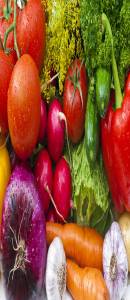
Food form may play an important role in satiety. Fiber added to drinks appears less effective than whole fruits or vegetables in enhancing satiety. Limited studies suggest that whole-fiber foods may slow gastric emptying compared with liquid foods with added fiber.


